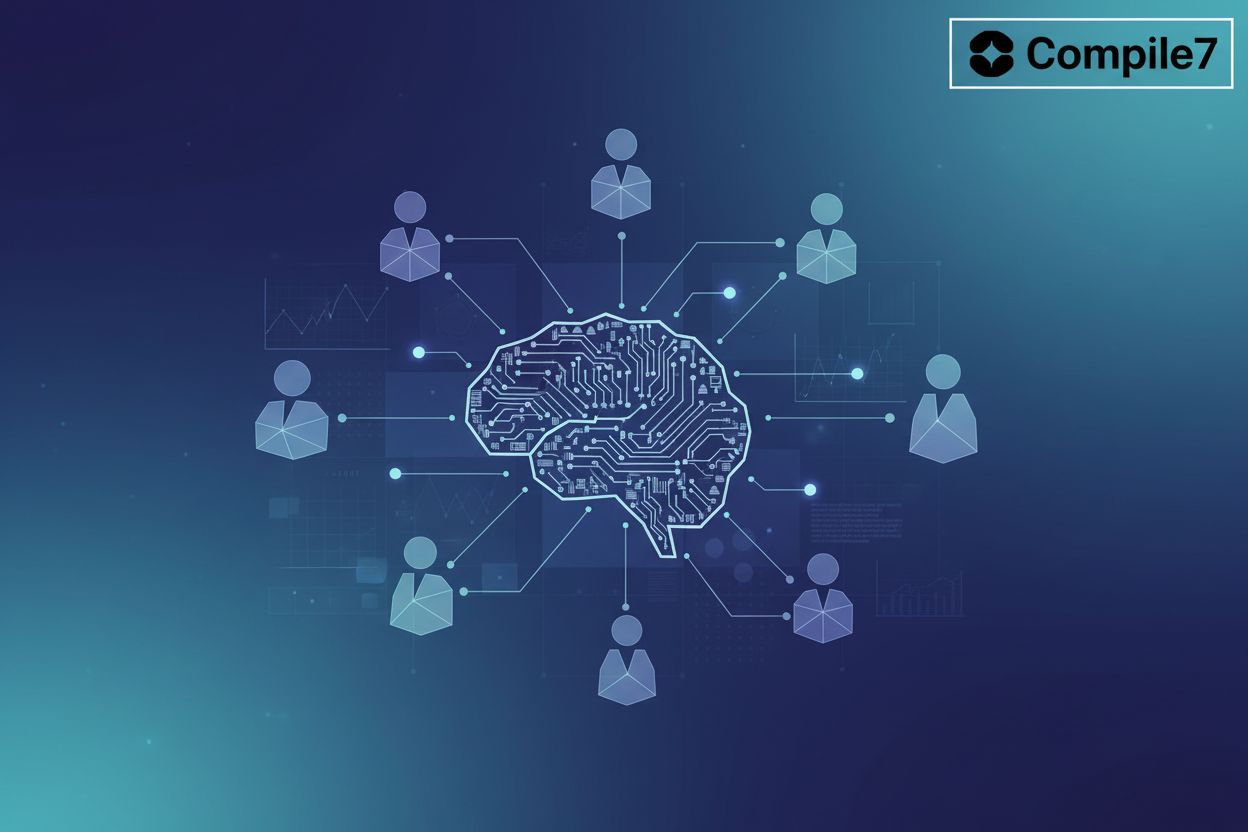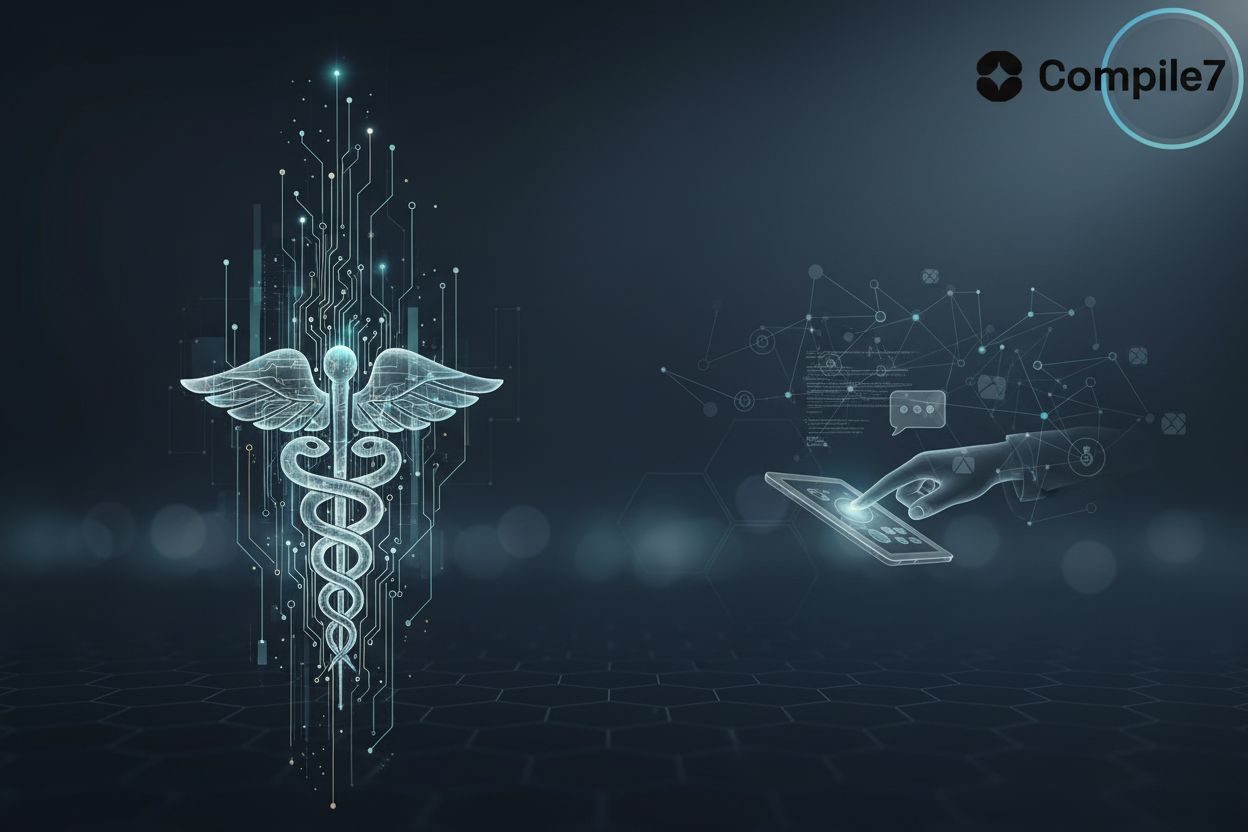AI-Driven Cybersecurity Threat Detection: Protecting Your Business in the Age of Intelligent Attacks
The Evolving Threat Landscape: Why Traditional Cybersecurity Fails
Is your business prepared for increasingly intelligent cyberattacks? Traditional cybersecurity measures are struggling to keep pace with today's rapidly evolving threat landscape.
Traditional cybersecurity relies on methods that are now easily outsmarted. Signature-based systems identify only known threats, and heuristic detection can be bypassed by advanced attackers. The sheer volume of threats overwhelms security teams, leading to missed incidents and alert fatigue.
According to Capitol Technology University, cybercriminals are increasingly using AI to create adaptive and scalable threats, with an estimated 40% of all cyberattacks now being AI-driven.
Cybercriminals now leverage ai to create sophisticated malware, phishing campaigns, and social engineering attacks. Capitol Technology University notes that ai can automate reconnaissance, vulnerability exploitation, and lateral movement. This allows attackers to find weaknesses and craft targeted attacks with greater success.
Traditional signature-based systems can only detect known threats, leaving you vulnerable to zero-day exploits. Heuristic detection, relying on predefined rules, is easily bypassed by advanced attackers. This reactive approach struggles against new and sophisticated attacks.
Organizations need cybersecurity solutions that can proactively identify and respond to emerging threats in real time. Ai-driven threat detection offers the ability to analyze vast amounts of data, identify subtle anomalies, and automate incident response. An intelligent approach to cybersecurity is essential for protecting critical infrastructure and sensitive data.
Ai enhances cybersecurity by analyzing data in real-time to identify patterns and anomalies that human analysts might miss. It automates incident response, quickly identifying and mitigating security breaches by learning from past data. According to Radiant Security, ai-powered SOC analysts transform security operations, seamlessly integrating with existing solutions to autonomously triage alerts in minutes.
Ai-driven threat detection is already being used across various sectors. Financial institutions use it to detect fraud in real time by monitoring login patterns and transaction anomalies. Healthcare systems identify phishing campaigns by scanning email context and metadata.
The limitations of traditional cybersecurity methods in the face of ai-powered attacks are clear. Ai offers the proactive and intelligent approach that traditional methods lack, marking a significant leap in cybersecurity.
AI-Driven Threat Detection: A New Paradigm for Cybersecurity
Ai-driven threat detection marks a significant leap in cybersecurity, but what does it look like in practice? Many organizations are using ai to enhance their ability to detect and respond to modern cyber threats. At its core, ai leverages sophisticated algorithms, primarily machine learning and deep learning, to process and interpret vast datasets. Machine learning, for instance, can be broadly categorized into supervised learning, where models are trained on labeled data to recognize specific threats, and unsupervised learning, which identifies anomalies and deviations from normal behavior without prior labeling. Anomaly detection algorithms are crucial here, spotting unusual patterns that might indicate malicious activity, while behavioral analysis focuses on understanding the typical actions of users and systems to flag deviations.
These ai techniques allow for a more dynamic and adaptive defense. Instead of relying on static signatures, ai systems learn and evolve, becoming better at identifying novel threats. This is a fundamental shift from reactive to proactive security, enabling organizations to anticipate and neutralize threats before they cause significant damage.
Ai models analyze login patterns, transaction anomalies, and device fingerprints (unique identifiers based on hardware and software configurations) in real time. When ai detects unusual activity, such as a large transfer from an unfamiliar location, it flags the transaction for immediate review. This helps prevent fraud before any funds are lost.
Healthcare systems are vulnerable to phishing attacks. Ai-driven email filters scan message context, tone, and metadata. This allows the system to block spear phishing emails that impersonate medical directors and C-suite executives.
These examples demonstrate how ai enhances cybersecurity across different sectors. As ai continues to evolve, it will play an ever-greater role in protecting businesses from sophisticated cyberattacks.
Key Components of AI-Driven Cybersecurity Systems
Integrating ai with your existing security infrastructure can feel like a complex puzzle, but it's essential for robust cyber defense. How do you ensure these intelligent systems work effectively with your current tools?
- Compatibility: Ai-driven systems should integrate smoothly with your existing tools like SIEM, firewalls, and intrusion detection systems.
- Unified Architecture: Achieve a unified security architecture by combining ai's strengths with traditional methods, creating a more robust defense.
- Enhanced Threat Detection: Radiant Security notes that ai-powered SOC analysts can transform security operations, seamlessly integrating with existing solutions to autonomously triage alerts in minutes. (What is AI-Driven Threat Detection and Response? - Radiant Security)
It is essential to ensure compatibility through middleware or apis, facilitating smooth data exchange between new ai solutions and legacy systems. Ai can enhance overall threat detection without causing disruptions.
Real-World Applications of AI in Cybersecurity
Ai is revolutionizing cybersecurity, but how does it perform in real-world scenarios? Businesses already use ai to enhance their defenses, but specific examples demonstrate its effectiveness.
- Financial institutions use ai to monitor login patterns and transaction anomalies, flagging suspicious activity for immediate review, preventing fraud before funds are lost.
- Healthcare systems employ ai-driven email filters to scan message context and metadata, blocking spear phishing emails that impersonate executives.
- Manufacturing plants utilize ai to detect anomalies in connected devices, such as unexpected firmware updates, preventing costly downtime.
SOCs struggle with alert fatigue. Ai helps filter out false positives and prioritize real threats by correlating logs, enriching alerts with threat intelligence, and triggering incident response workflows. This leads to a significant reduction in average response time.
The next section will explore how to overcome the challenges of implementing ai in cybersecurity.
Overcoming the Challenges of AI Implementation in Cybersecurity
Ai implementation faces several hurdles. Are you ready to tackle them?
Ai models demand high-quality, labeled data, but this can be hard to find. Organizations must invest in data collection and labeling to ensure ai system accuracy. Data augmentation can help increase the size and diversity of training data (e.g., by creating synthetic data or modifying existing data).
Ai models can inherit biases from training data, leading to unfair outcomes. Therefore, it is important to identify and reduce biases in ai algorithms to ensure fairness and equity. Transparency helps build trust in these systems.
Cybercriminals constantly develop new attack techniques. Ai models must receive continuous updates and retraining to keep pace. Organizations need a process for monitoring and adapting ai-driven cybersecurity systems.
Future Trends in AI-Driven Cybersecurity
Ai is revolutionizing cybersecurity, but what trends will shape its future? Three key areas promise to redefine ai-driven threat detection.
- Explainable AI (XAI): XAI enhances transparency, making ai decisions understandable. Security teams gain insights into why ai flags certain activities.
- AI-Powered Automation: Ai automates incident response tasks, such as threat containment and remediation.
- Quantum-Resistant AI: Quantum-resistant algorithms defend against quantum computing attacks. Quantum computing poses a significant threat to current cryptography and ai models by being able to break many existing encryption methods. Quantum-resistant ai aims to develop algorithms and models that are resilient to these powerful new computing capabilities, ensuring future security.
These advancements will make ai an even more potent force in cybersecurity. The next section will wrap up with final thoughts.
Conclusion: Embracing AI for a More Secure Future
Ai-driven cybersecurity is no longer a futuristic concept. It's a present-day necessity for businesses facing advanced cyber threats.
Ai-driven threat detection offers a new approach for safeguarding businesses from evolving cyberattacks. Ai enables organizations to proactively identify and respond to threats in real time.
According to MIT, ai-based threat detection systems identify cyberattacks 85% faster than traditional tools. The Bitlyft article Real-World Examples of AI in Cyber Threat Detection further illustrates this by showcasing how various sectors are successfully implementing ai to achieve these speed improvements and enhance their overall security posture.
Organizations should assess their current security and identify areas where ai adds value. It's important to choose ai-driven cybersecurity solutions tailored to specific needs.
Businesses should invest in training to ensure security teams can use ai-driven systems effectively. By embracing ai, organizations can build a more secure future.
Ai is here to stay, and it will continue to evolve.





